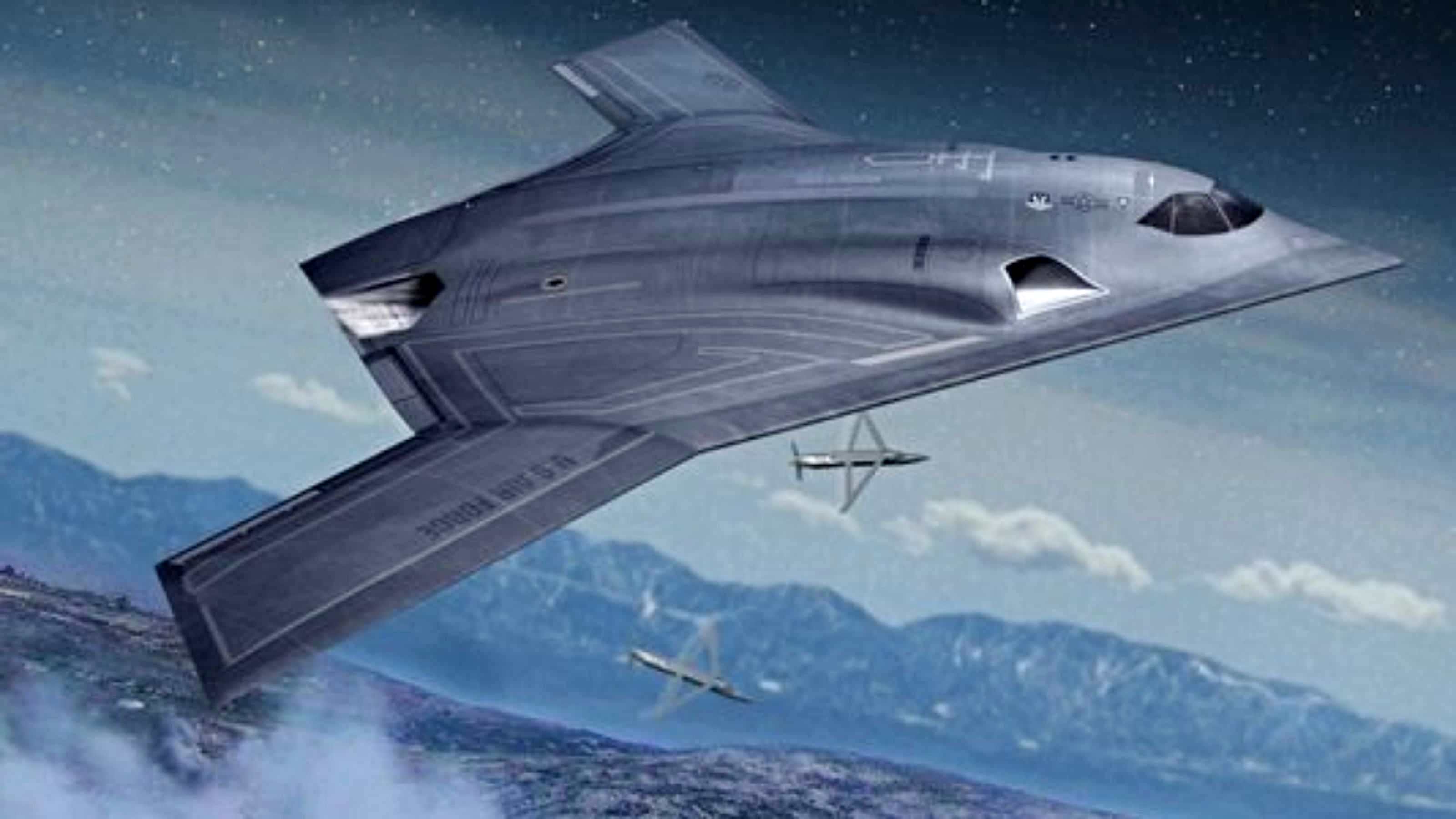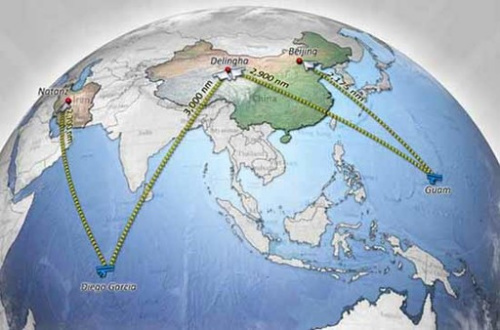U.S. Next-Gen Bomber Capable of Staying above China for over an Hour

U. S. Air Force will conclude the bidding process of the Long-Range Strike Bomber (LRS-B)program in September.
According to the program, B-3, the next-generation bombers will be able to fly aboveChinese territory for more than an hour if they take off from the two U.S. frontline airbases in Guam and Diego Garcia.
The bombers are designed to have a combat radius of 2000 to 2500 nautical miles,targeting Beijing and Delingha, Northwest China’s Qinghai province.

By 2025, U.S. Air Force plans to replace all current bombers with 80 to 100 B-3 aircraftsthat worth at least $50 billion in total, according to a report by Forbes.
Although Air Force tries to keep the new bomber as mysterious to the potential adversecountries as possible, it is not difficult to make some solid guesses on the design’s details.
Forbes’s article listed ten potential features of B-3:
1. In order to reach targets deep in China and Russia, it will be able to fly for over 5,000nautical miles without refueling.
2. Considering the budget, it will carry fewer payloads than the previous models.
3. Each bomber will cost more than $550 million.
4. It will contain top-end technology, but not breakthrough ones.
5. To optimizing cost and stealth, it will not be supersonic.
6. It will not be unmanned so that it will have nuclear strike capacity and better survivalpossibility.
7. The look will be different from the B-2 bomber. It will be redesigned for better stealthand flexible operation,
8. It will rely on off-board functions such as networking more heavily.
9. There will be more than 100 to replace a total of nearly 160 current bombers.
10. It will be built by Boeing/Lockheed Martin.

